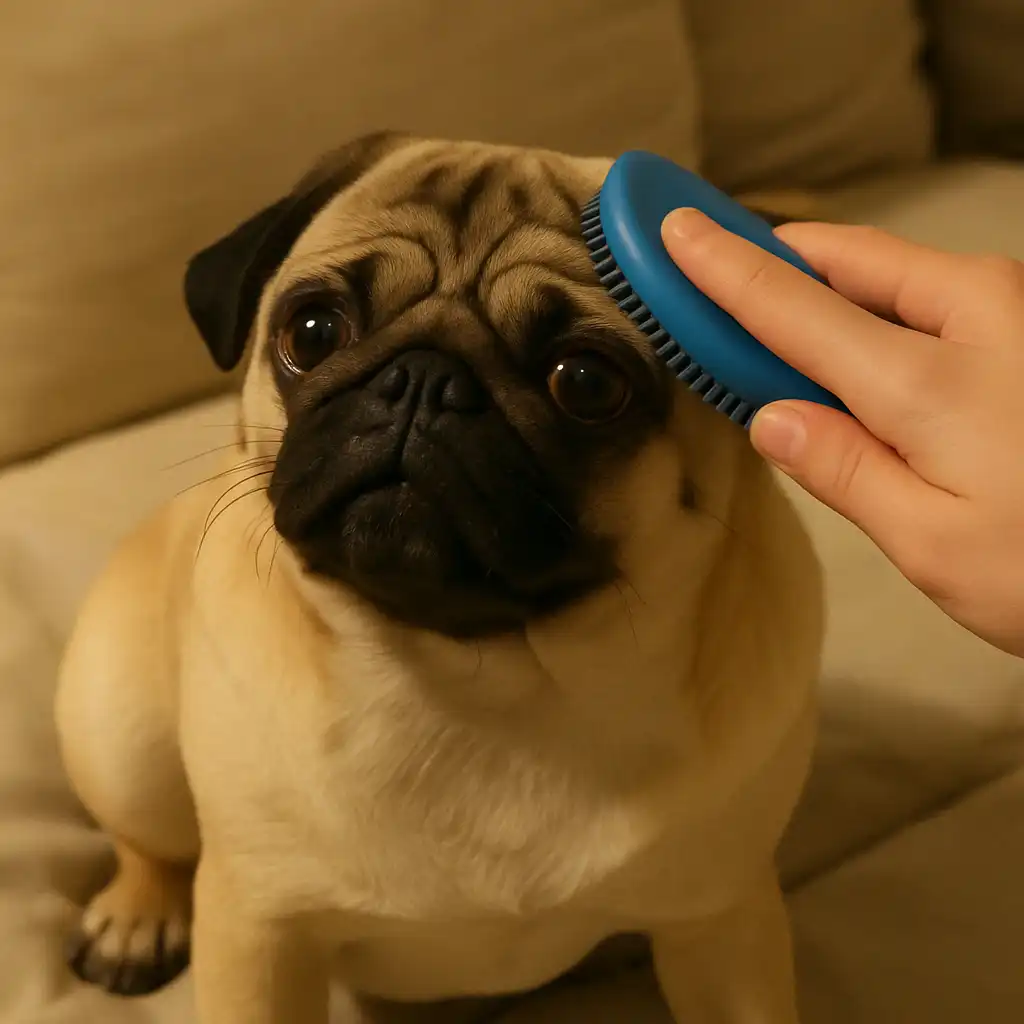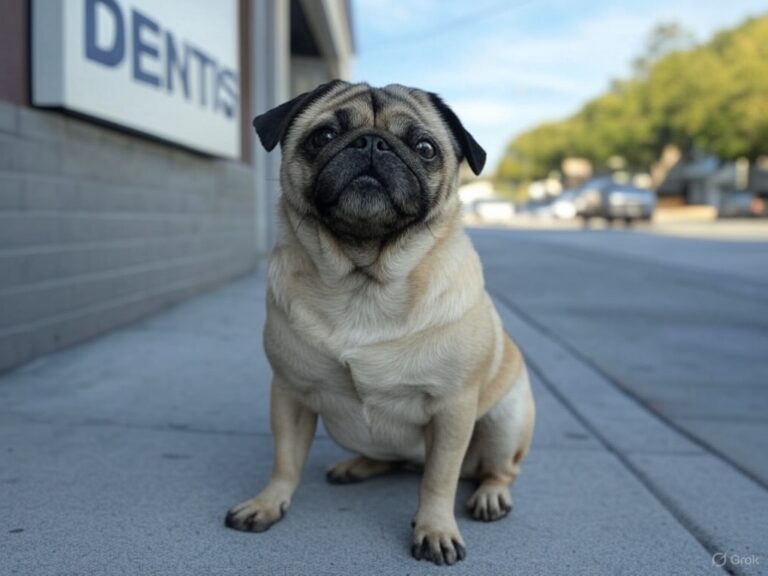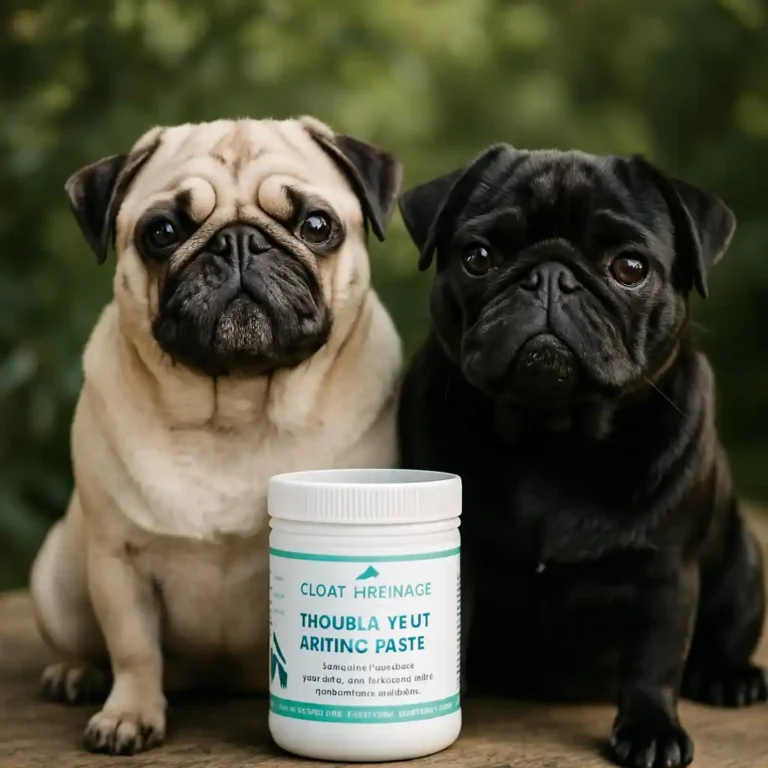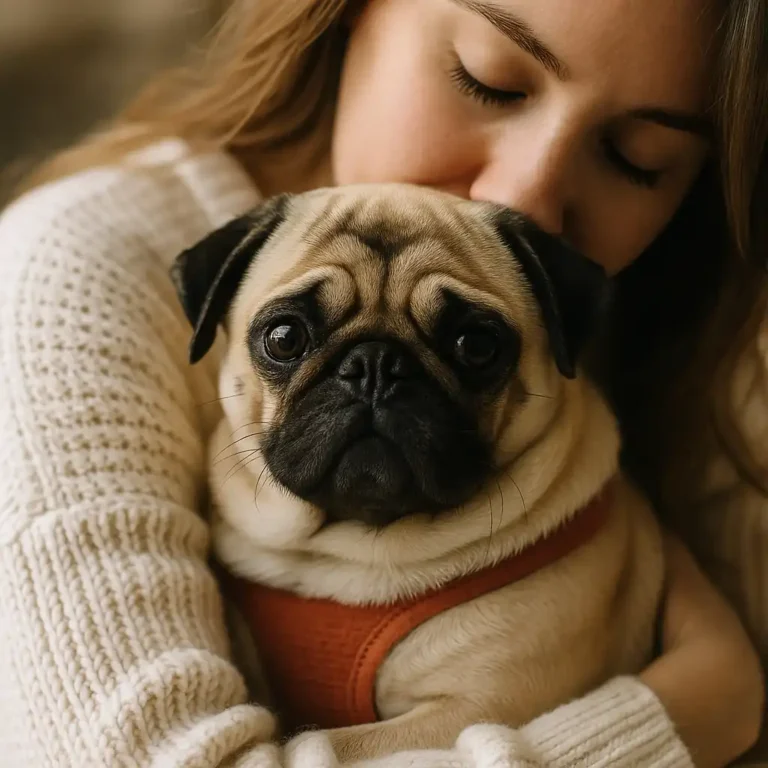How Often Should I Brush My Pug for a Healthy Coat

Keeping your pug’s coat healthy and shiny goes beyond occasional grooming. Pugs may have short hair, but they still require consistent brushing to remove loose fur, minimize shedding, and maintain their skin health. Understanding the right brushing routine is essential if you want to keep your pug looking and feeling its best.
Why Brushing Your Pug Matters
Brushing your pug regularly does more than keep their coat neat. Pugs have a thick double coat that sheds year-round, with heavier shedding periods in spring and fall. Without proper brushing, dead hair can build up and lead to skin irritations, clogged pores, and an unhealthy appearance. Regular grooming sessions also help distribute natural oils through the coat, promoting a soft texture and a healthy shine. Additionally, brushing is a bonding activity that allows you to check for skin issues, fleas, or ticks early.
How Often Should I Brush My Pug
For most pugs, brushing two to three times a week is ideal. During heavy shedding seasons, daily brushing can help control excess fur and reduce the amount of hair left around your home. Outside of shedding seasons, brushing every few days keeps their coat manageable and supports good skin health. Short, consistent sessions are more effective than occasional long grooming sessions. Use a soft-bristle brush or a grooming mitt designed for short-haired dogs to avoid irritating their sensitive skin.
Best Tools for Brushing a Pug
Choosing the right grooming tools can make brushing your pug easier and more enjoyable. A rubber grooming mitt is perfect for everyday brushing because it’s gentle yet effective at removing loose hair. A soft-bristle brush works well for distributing oils and giving the coat a polished finish. During shedding season, a de-shedding tool can help remove the thick undercoat without causing discomfort. Always choose tools designed specifically for short-haired breeds to protect your pug’s skin.
Signs Your Pug Needs More Frequent Brushing
Pay attention to signs that your pug might need extra grooming attention. If you notice excessive hair around the house, more scratching than usual, dull-looking fur, or dandruff, it could be a signal that your brushing routine needs to be stepped up. Consistent grooming not only improves your pug’s appearance but also contributes to their overall well-being.
Tips to Make Brushing Easier
Start brushing your pug from a young age to help them get used to the sensation. Keep sessions short and positive by using treats or gentle praise. Always brush in the direction of hair growth to avoid discomfort. If your pug resists, try brushing after playtime or a walk when they are more relaxed. A calm approach ensures that grooming becomes a pleasant part of their routine rather than a stressful chore.
Conclusion
Brushing your pug two to three times a week is the key to maintaining a healthy, shiny coat and minimizing shedding. With the right tools and a consistent routine, grooming can become an enjoyable bonding experience for both you and your pug. Staying attentive to your pug’s coat’s condition and adjusting brushing frequency as needed will help keep your furry friend looking and feeling its best.






